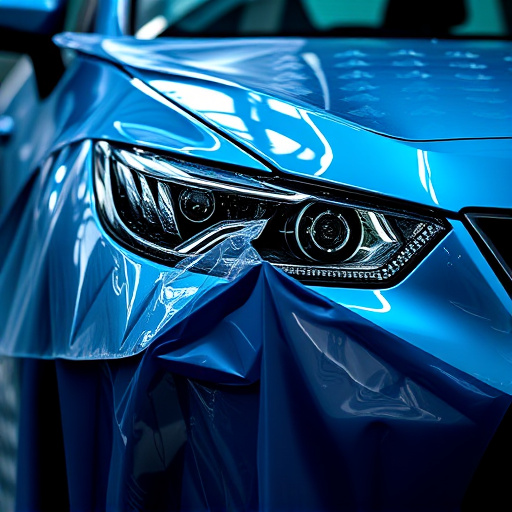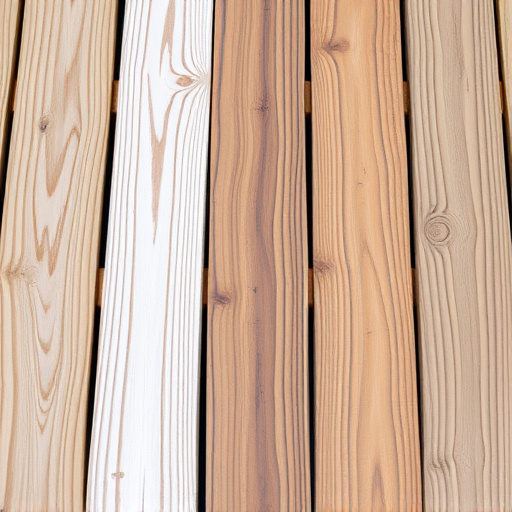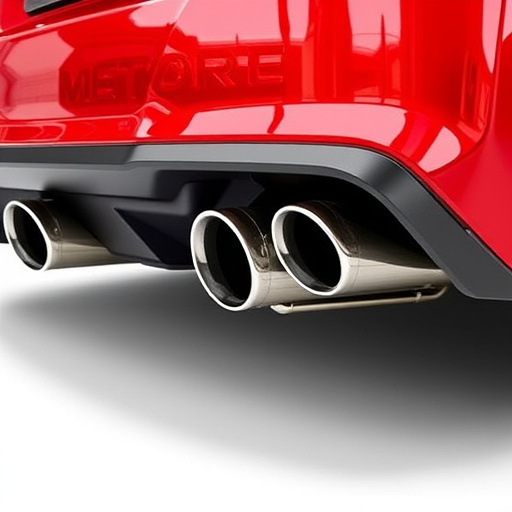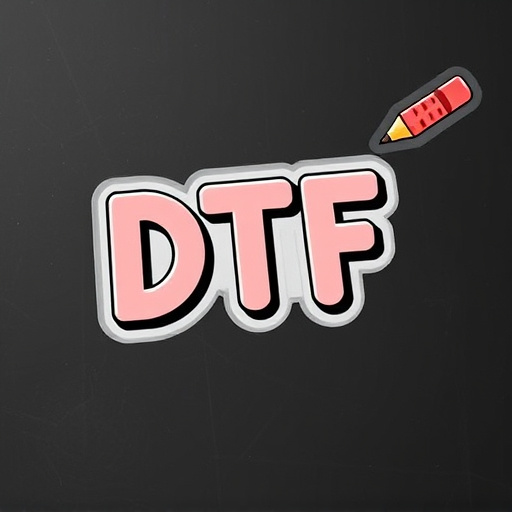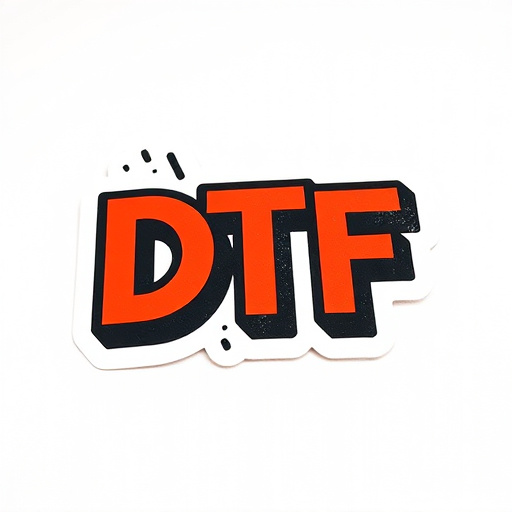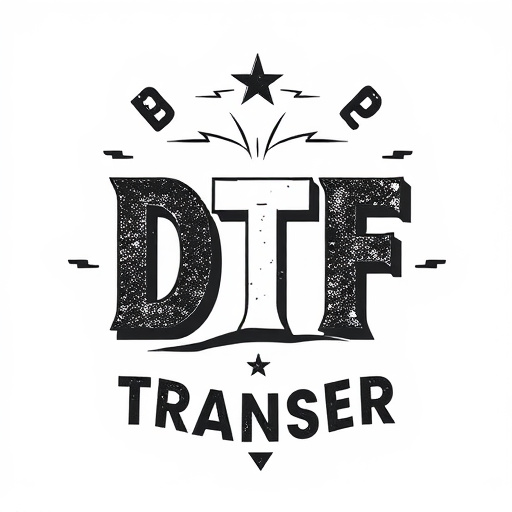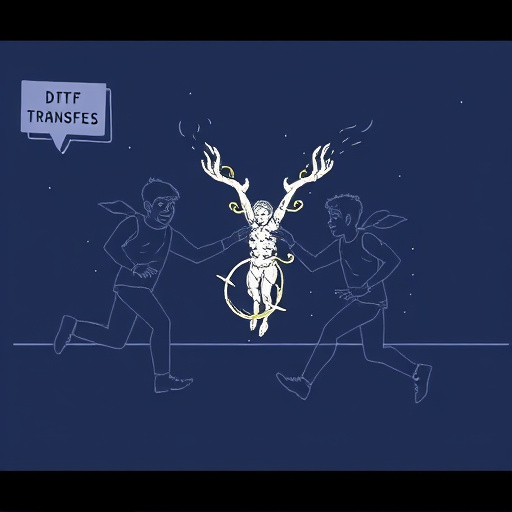Direct-to-Film (DTF) transfers offer superior durability and quality compared to traditional printing methods. By directly applying ink to media like vinyl or fabric, DTF ensures vibrant colors, intricate details, and resistance to fading, peeling, and smudging. This innovative process is ideal for outdoor signage, custom apparel, and decorative art pieces, providing long-lasting visual appeal in various environments. Best practices include using high-quality materials, precise printer calibration, regular maintenance, and adequate drying time.
Discover the future of printing with premium direct-to-film (DTF) transfers—a revolutionary technology redefining durability and detail. This article explores how DTF offers superior quality, longevity, and clarity compared to traditional methods. From the science behind its materials to real-world applications, we delve into why DTF prints excel in everything from outdoor signage to fine art. Learn best practices for achieving optimal results with this game-changing DTF transfer technology.
- Understanding Direct-to-Film (DTF) Transfers: A Revolution in Print Quality
- The Science Behind DTF: Materials and Durability
- Benefits of Premium DTF Transfers for Longevity and Clarity
- Comparing DTF with Traditional Printing Methods: Why Choose Superiority?
- Real-World Applications: Where DTF Prints Excel
- Ensuring Optimal Results: Best Practices for DTF Transfer Success
Understanding Direct-to-Film (DTF) Transfers: A Revolution in Print Quality

Direct-to-Film (DTF) transfers have revolutionized the printing industry by offering an unparalleled level of quality and durability for various media types, from vinyl to fabric. Unlike traditional printing methods that rely on intermediate surfaces, DTF involves applying ink directly onto the final medium, eliminating the need for plates or screens. This direct approach ensures incredibly fine detail reproduction, vibrant colors, and exceptional consistency across prints.
The innovation lies in the precision of the process, allowing for intricate designs and fine lines to be replicated accurately. DTF printing also boasts superior durability; the inks are bonded directly into the material, making the prints resistant to fading, peeling, or smudging. This makes DTF an ideal choice for applications demanding high-quality, long-lasting results, such as custom apparel, signage, and decorative art pieces.
The Science Behind DTF: Materials and Durability

The Direct-to-Film (DTF) transfer process is a cutting-edge technology that revolutionizes how we reproduce and protect images, ensuring superior durability and detail. This innovative method involves transferring ink directly onto a substrate’s surface, creating a bond at a molecular level. The key to DTF’s success lies in its materials science; the inks used are meticulously formulated to withstand various environmental factors, including sunlight, moisture, and friction, which can degrade traditional printing methods over time.
DTF prints offer exceptional longevity by utilizing durable, high-quality inks that adhere strongly to a variety of surfaces, from metal and glass to wood and fabric. This durability is further enhanced by the protective coatings applied during the transfer process, ensuring that DTF prints remain vibrant and intact for years to come. The result is a superior product that outperforms traditional printing methods in terms of both visual appeal and longevity, making DTF transfers the preferred choice for applications demanding premium quality and long-lasting results.
Benefits of Premium DTF Transfers for Longevity and Clarity

Premium direct-to-film (DTF) transfers offer a host of benefits when it comes to longevity and clarity. The superior durability of these transfers ensures that your images or designs remain vibrant and intact for extended periods, even under harsh outdoor conditions. This is achieved through advanced ink formulations and precise printing technologies that bond the inks firmly to the substrate.
The result is DTF prints that are resistant to fading, scratching, and water damage, making them ideal for signs, posters, and other applications that demand high visual quality over time. Additionally, the clarity of these transfers is unparalleled, with intricate details and fine lines reproduced with remarkable accuracy. This precision ensures that your messages or artwork not only lasts but also remains crystal clear, enhancing the overall impact and effectiveness of your visuals.
Comparing DTF with Traditional Printing Methods: Why Choose Superiority?
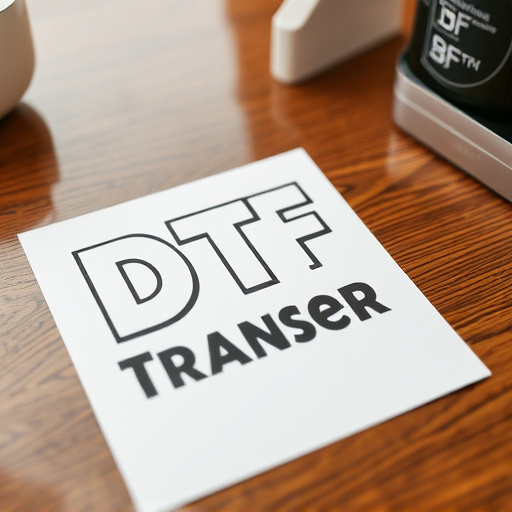
Direct-to-film (DTF) transfers have emerged as a revolutionary method in the printing industry, offering unparalleled durability and detail when compared to traditional printing techniques. Unlike older methods that often relied on intricate processes with multiple layers of ink and coatings, DTF simplifies the art of printing. This modern approach allows for a direct application of the design onto the final medium, be it fabric, metal, or plastic, eliminating the need for intermediate steps.
The superior quality of DTF prints is evident in their crispness and vibrancy. With advanced technology, every detail, from fine lines to bold graphics, is meticulously replicated, ensuring a visually stunning outcome. Moreover, DTF transfers boast exceptional durability; the inks used are treated to withstand various environmental factors, making them suitable for outdoor applications or high-touch surfaces without compromising quality. This makes DTF an ideal choice for businesses seeking long-lasting, high-impact marketing materials, product branding, or custom-designed items.
Real-World Applications: Where DTF Prints Excel
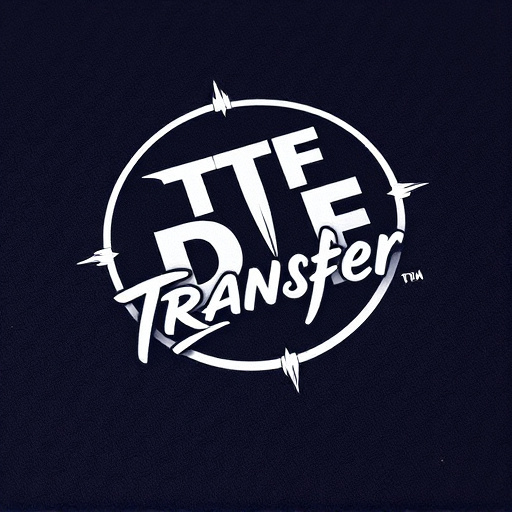
Direct-to-film (DTF) transfers and prints have found their niche in various real-world applications, showcasing their superior durability and detail. From promotional events to trade shows, DTF technology offers a vibrant and long-lasting solution for creating eye-catching displays. For instance, custom banners, pop-up stands, and product packaging can all benefit from DTF printing, ensuring visuals that stand out and endure.
In outdoor settings, DTF prints resist fading and weathering, making them ideal for advertising boards, bus shelters, and billboards. Their robustness ensures that messages and branding remain clear and visible for extended periods. Furthermore, DTF transfers excel in indoor environments like museums, art galleries, and retail spaces, where high-quality images need to maintain their integrity over time without the risks associated with traditional printing methods.
Ensuring Optimal Results: Best Practices for DTF Transfer Success
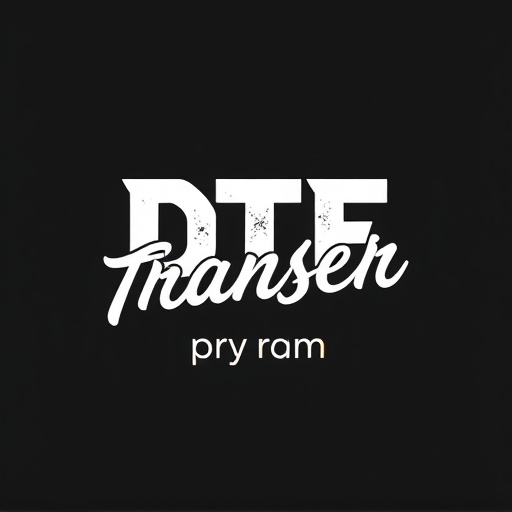
To ensure optimal results with direct-to-film (DTF) transfers, several best practices should be followed. Firstly, using high-quality materials is paramount; this includes both the film itself and any associated inks or coatings. Top-tier DTF films are designed to withstand various environmental conditions, ensuring superior durability for your prints. Additionally, calibrating your printer settings precisely can significantly impact the final output. Optimal temperature, pressure, and exposure time settings directly influence the clarity and vibrancy of the DTF prints.
Regular cleaning and maintenance of your printing equipment are also crucial. Any buildup of residual ink or foreign particles can compromise the quality of subsequent transfers. Furthermore, allowing adequate drying time between applications is essential to prevent smudging or unwanted interactions between layers. By adhering to these practices, you’ll maximize the potential for achieving high-fidelity DTF prints with enhanced detail and longevity.
